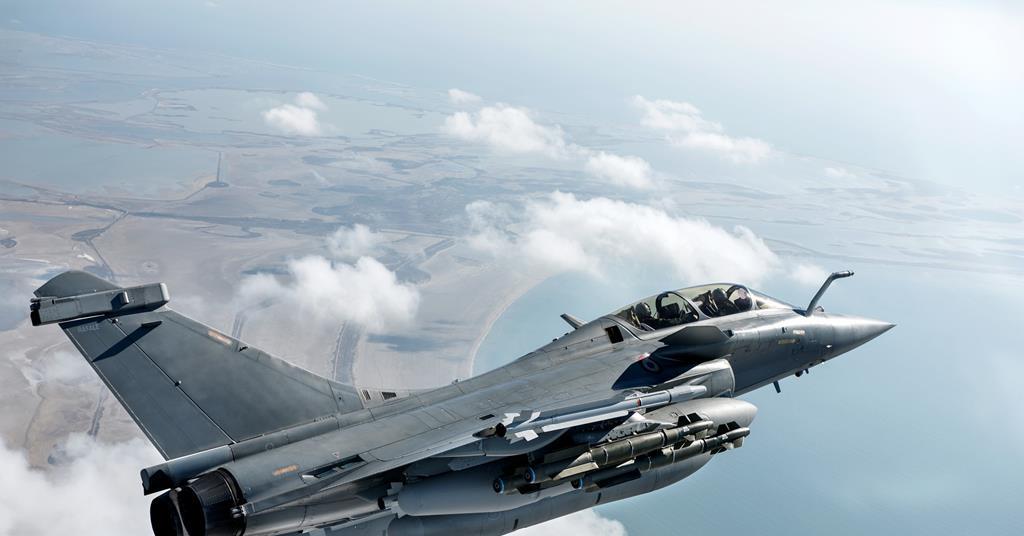The seduction appears to have worked. The U.A.E. has spent billions on American jets and weapons systems, and visitors to M.B.Z.’s office say they still see stacks of military magazines there. In the early 1990s, M.B.Z. told Richard Clarke, then an assistant secretary of state, that he wanted to buy the F-16 fighter jet. Clarke replied that he must mean the F-16A, the model the Pentagon sold to American allies. M.B.Z. said no, he wanted a newer model he’d read about in Aviation Week, with an advanced radar-and-weapons system. Clarke told him that that model didn’t exist yet; the military hadn’t done the necessary research and development.
M.B.Z. said he would pay for the R. & D. himself. The subsequent negotiations went on for years, and though M.B.Z.’s hardball tactics angered some Pentagon brass, “he ended up with a better F-16 than the U.S. Air Force had,” Clarke says. In the decades to come, M.B.Z. would make clear that if the United States military refused to accommodate him, he would be perfectly happy to shop elsewhere — even in China, which has sold inexpensive drones to the Emirati military in recent years. Still, the United States remained his most important relationship by far.
Hurang Kaya



 garudamiliter.blogspot.com
garudamiliter.blogspot.com




